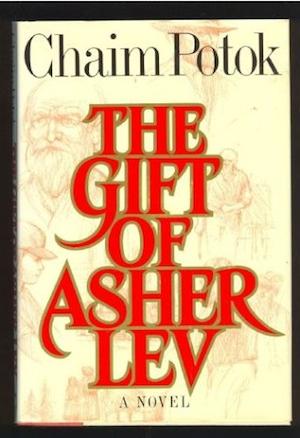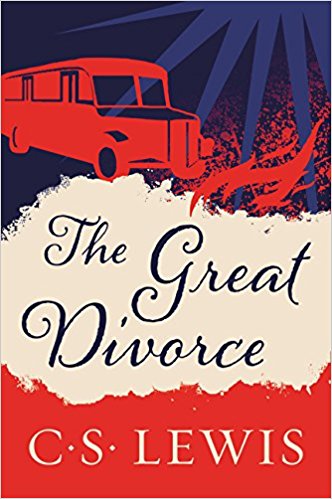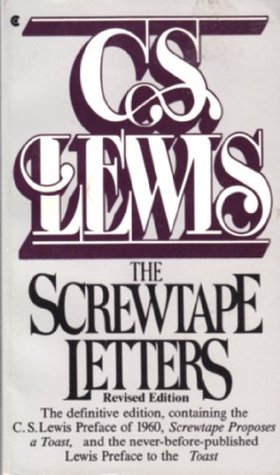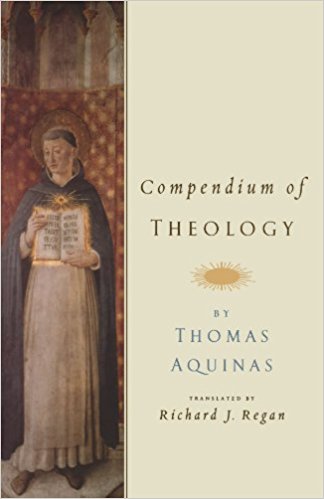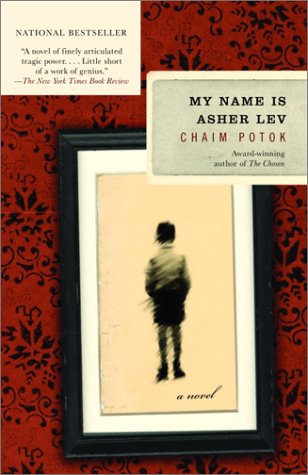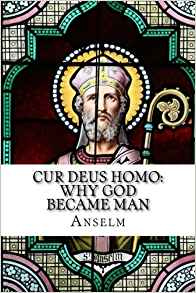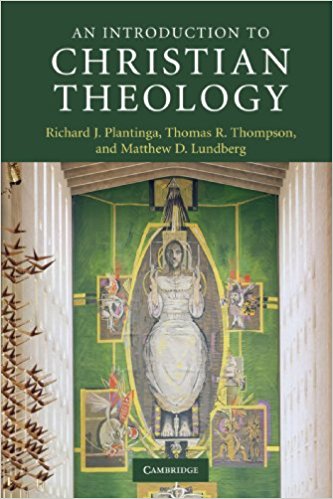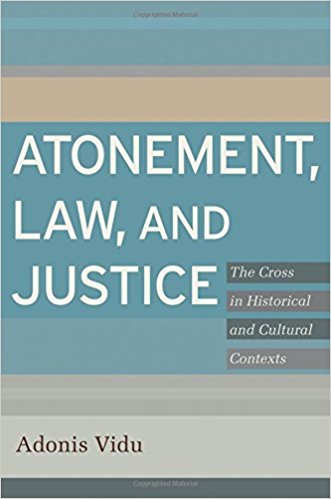
Atonement, Law, and Justice is both an ambitious attempt and a bit of a quandary: Did Adonis Vidu write two books in one? Here’s what I mean.
The first five chapters brief over two thousand years to postulate that it is possible that atonement theories are formed in dialectical engagement with philosophies of law and justice. Greco-Roman philosophers with patristic fathers, the medieval wedding of natural and divine law, the reformation reaction to the medieval wedding, the modern reaction to the reformation’s reaction, and the postmodern reaction to all things prior. Though not exhaustive, Vidu makes a compelling case that certain atonement theories of certain periods tend to agree with the general sentiments about law and justice in said periods. These chapters alone are worth reading for an interesting historical reconstruction of Western atonement, law, and justice.
The last chapter, however, seems to take a dramatic turn. It is here Vidu proposes something more “constructive” (though, really, it is “defensive”). Vidu argues that a robust Doctrine of Simplicity can assuage harsh criticisms against penal substitutionary atonement (PSA). In short, the Doctrine of Simplicity claims that God is ontologically basic. God’s essence is his existing; his essence is to will and act one thing. The divine attributes are not collapsed into one conglomerate but unified distinctly and simply in God. For example, God is, at once, fully loving and just; there is not a moment where God is “more loving” and then the next moment “more just.” God is, at all times, fully both because he is Love and is Justice.
Confused? Well, perhaps reading Vidu’s take will help. Or not.
So, if God is simple, as Vidu strongly claims, then God is not “more wrathful and less loving” at the cross then, say, at the resurrection and Pentecost. Additionally, God the Father cannot be punishing God the Son, because that would assume God is comprised of, at least, two parts (Father and Son).
Surely, Vidu’s last chapter is a strong defensive proposal for PSA, but I cannot seem to make its connection with the previous five chapters. Is Vidu arguing that the Doctrine of Simplicity should be in the driver seat for atonement theories rather than philosophies of law and justice? Perhaps that would be the more “just” reading.


